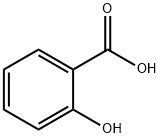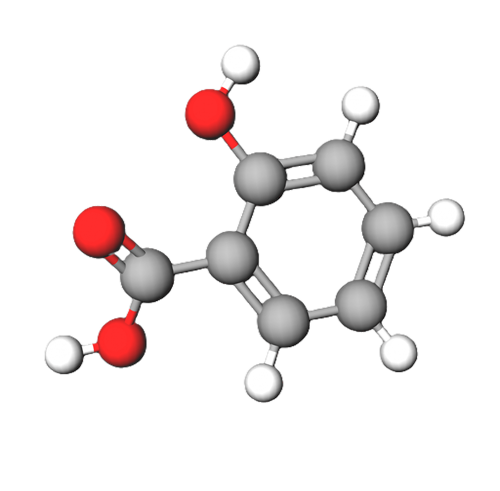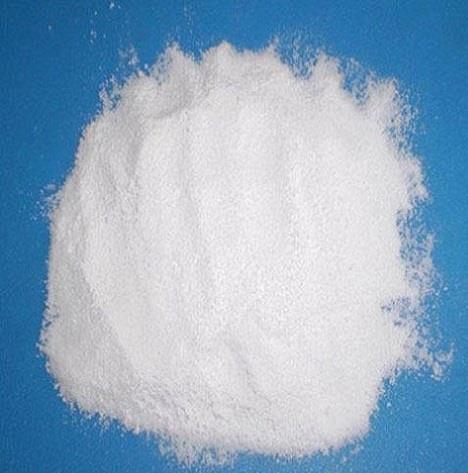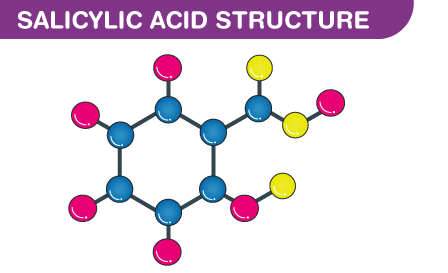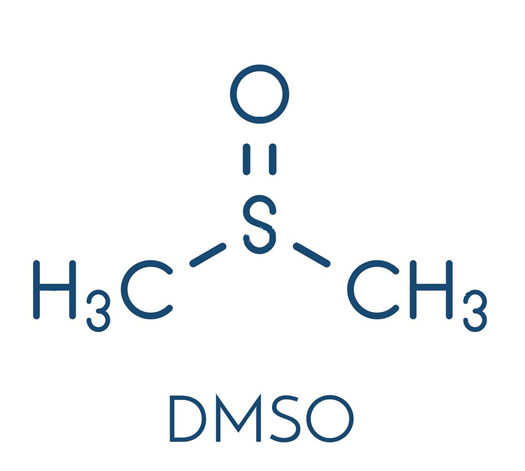How to Use Salicylic Acid?
Introduction
Salicylic acid (SA) is a simple phenolic compound synthesized in a wide range of prokaryotic and eukaryotic organisms, including plants. The leaf and bark of the willow tree (Salix sp.) contain large amounts of SA, which was widely used as a medication for pain relief in the ancient world.
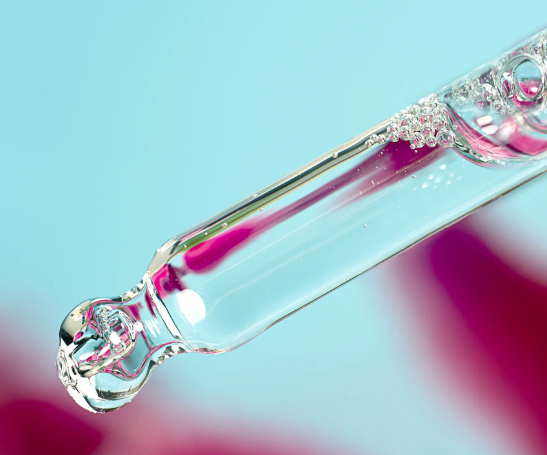
History
1828 German scientist Johann A. Buchner purified salicyl alcohol glucoside (an SA derivative called salicin) from willow bark. Ten years later, an Italian chemist, Raffaele Piria, working in Paris, converted salicin into an acidic aromatic compound that he named salicylic acid. In 1859, Hermann Kolbe et al. chemically synthesized SA, but the bitter taste and side effects limited the long-term use of SA as a medication. In 1897, Felix Hoffmann, working in the Bayer pharmaceutical company, synthesized acetyl salicylic acid (originally produced by a French chemist, Charles Frederic Gerhardt, in 1853), which became known as Aspirin, to reduce the side effects. Aspirin is widely used to treat pain, fever, inflammation, heart attacks, strokes, and blood clot formation.
In 1979, the role of SA in the defense response of plants was discovered. Treatment of tobacco plants with Aspirin enhanced resistance to tobacco mosaic virus. Subsequent studies revealed that pathogen infection increases the level of SA and promotes transcription of genes encoding pathogenesis-related proteins in plants, which confers disease resistance.
In addition to defense responses, SA is implicated in the regulation of a variety of biological processes, such as seed germination, seedling development, nodulation in legumes, plant vegetative growth, senescence-associated gene expression, flowering time, fruit yield, respiration, as well as response to ultraviolet (UV)-B radiation, ozone, metals, drought, temperature, and salinity stresses.
Uses
Salicylic acid is a milder and safer treatment for mild to moderate acne vulgaris, with fewer side effects. It works as an exfoliant and mostly acts against comedonal acne by slowing follicular shedding of cells, thus preventing clogging. One randomized control trial compared salicylic acid to tretinoin (both in combination with clindamycin) for 12 weeks to assess whether or not salicylic acid is as effective as tretinoin and found both to be equally effective, although tretinoin worked more quickly.
It is usually combined with sulfur and is recommended for treating seborrheic dermatitis and primary seborrhea sicca and oleosa. If the seborrhea is secondary to another skin disease, therapy for the primary disorder will resolve the seborrhea. For pets with dry skin, a moisturizer after shampoo is recommended.
Salicylic acid is keratolytic by lowering the skin's pH, resulting in increased hydration of the keratin and swelling of the corneocytes. It also solubilizes the intercellular cement substance in the stratum corneum, facilitating desquamation. Salicylic acid does not change the mitotic rate of the basal keratinocytes. It is mildly antipruritic and anti-inflammatory.
Occasionally, irritant reactions can occur. Dogs and cats may show pruritus and/or inflamed skin after shampooing.
You may like
Related articles And Qustion
Lastest Price from Salicylic acid manufacturers

US $0.00-0.00/KG2025-11-29
- CAS:
- 69-72-7
- Min. Order:
- 1KG
- Purity:
- 98
- Supply Ability:
- 10000KGS

US $0.00-0.00/kg2025-08-08
- CAS:
- 69-72-7
- Min. Order:
- 1kg
- Purity:
- 99%min
- Supply Ability:
- 10000kg
